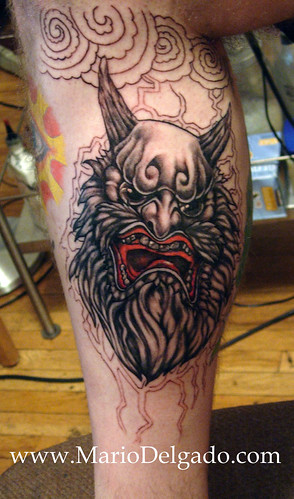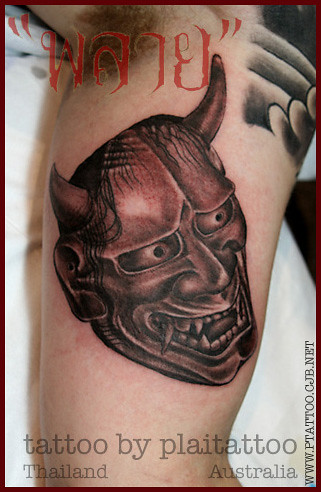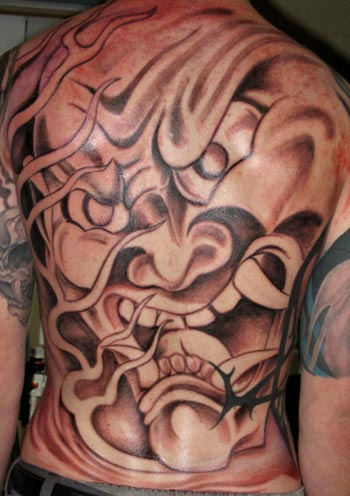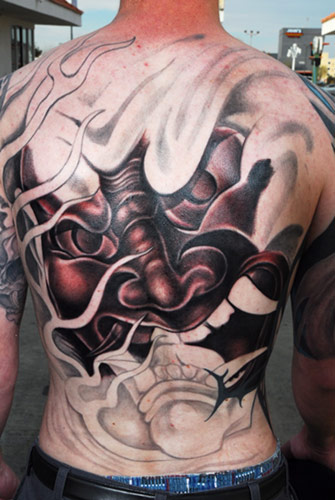Perhaps the most famous archaeological discovery was that of the discovery of the Iceman who had 57 tattoos on his body. Tattooed mummies have also been unearthed in the permafrost of Altai. Tattooing was a prominent part of ancient Chinese culture and paintings that have been discovered from ancient Egypt suggest that tattooing was a part of life in the prehistory of this country. In ancient times, tattoos were used to mark slaves and criminals. The tattooing skills achieved by the Japanese tattoos had yet to be surpassed.
Japanese tattoo art has several names - irezumi or horimono in the Japanese language. Irezumi is the word for the traditional visible tattoo that covers large parts of the body like the back. Japanese tattoo art has a very long history. Since the influence of Confucianism and Buddhism on the Japanese culture, tattoo art has a negative connotation for the majority of the Japanese people. In the eyes of an average Japanese a tattoo is considered a mark of a yakuza - a member of the Japanese mafia - or a macho symbol of members of the lower classes.
Most popular japanese tattoo is a Hanya Masks. Against the wide-spread opinion Hannya Masks do not have anything to do with the devil or Satan. There is a concept of a hell in the Japanese Buddhism, but Hannyas are terrestrial monsters. Confused human feelings like passion, jealousy or hate can transform women into these dreadful monsters. In the classic Nô-Theatre of Japan, where the as drafts often used Hannya masks descended from, stories of such female demons are told, who can only be released of their inhuman shape over the way to Buddha.
Subscribe to:
Post Comments (Atom)




No comments:
Post a Comment